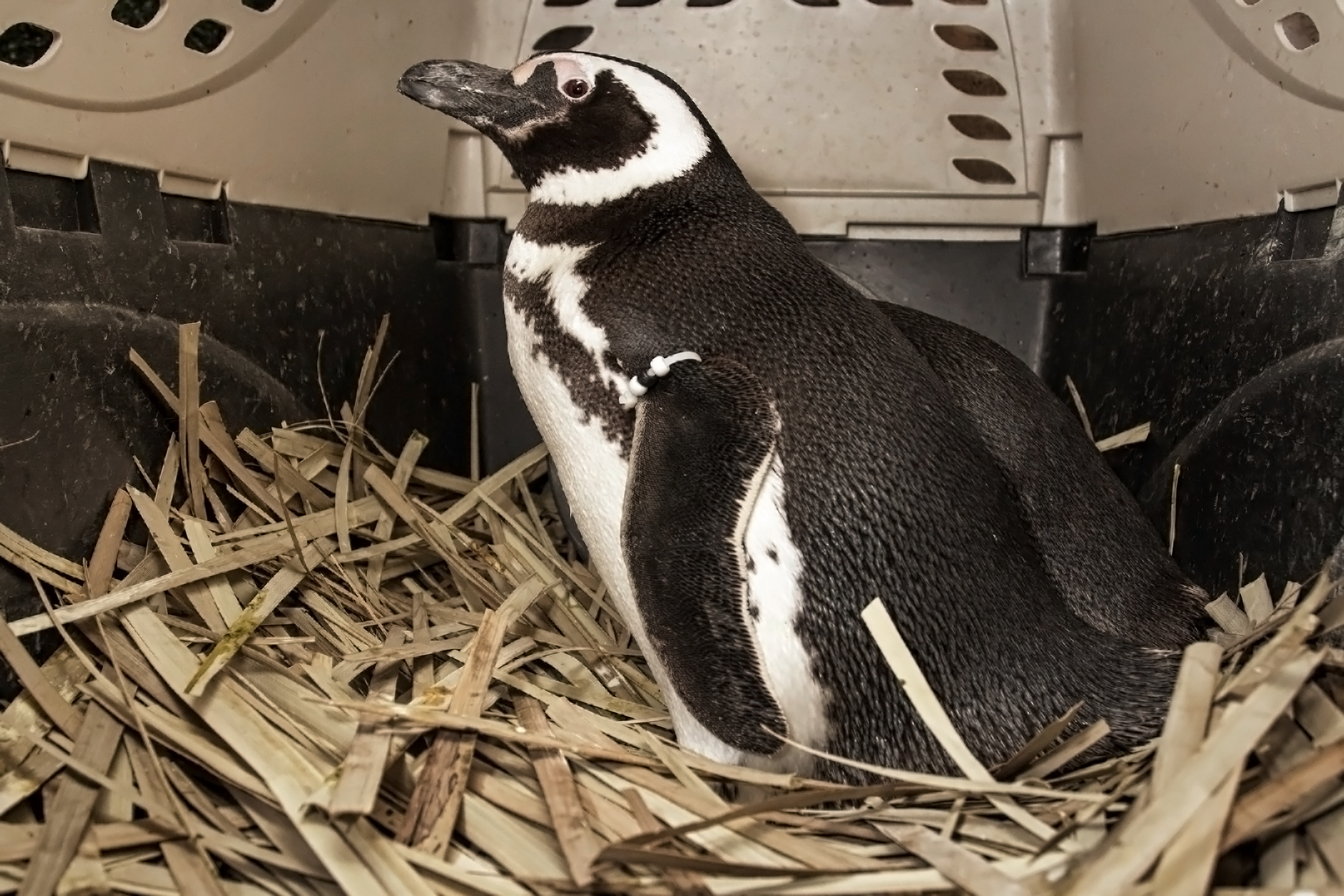Penguin Nesting at the Aquarium
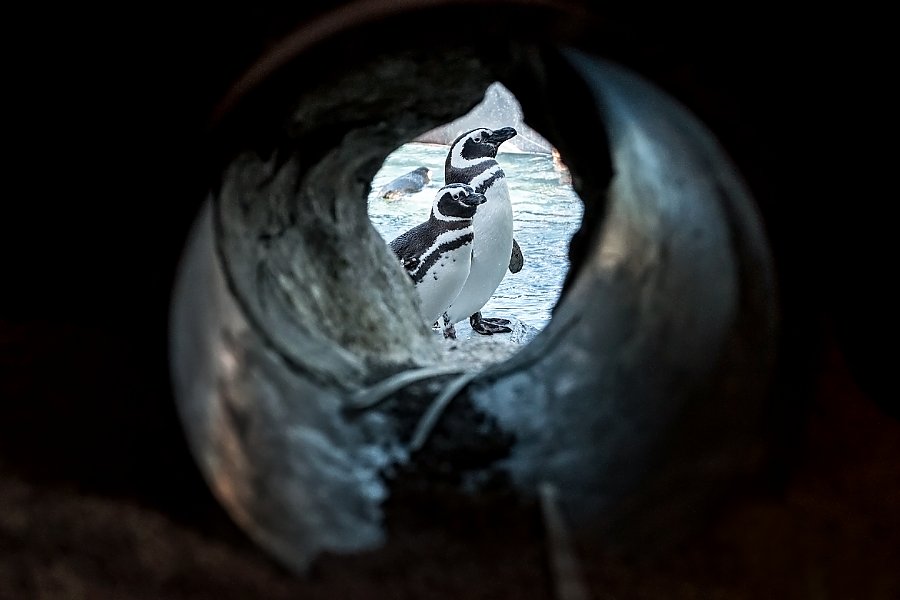
In Focus
Wednesday, June 07, 2017
Each year our Magellanic Penguins build nests so that they can lay eggs. It’s a detailed process that takes up to three months from start to finish. Husbandry volunteer Terri Oba is here to tell us all about it.
How do you make a penguin nest? With palm fronds, of course! While other aquariums and zoos use materials like lavender or strips of rubber tubing as penguin nesting materials, most of the penguins at the Aquarium of the Pacific prefer dried fronds from date palm trees.
Preparing the fronds for penguin nesting takes time, so we start asking local tree trimmers for date palm trimmings about two-and-a-half months out.
After we have thirty or so fronds, we lay them out to dry in the sun in an area behind the scenes. In the past, I’ve even taken them home to dry in the sun room of my house to help speed up the process.
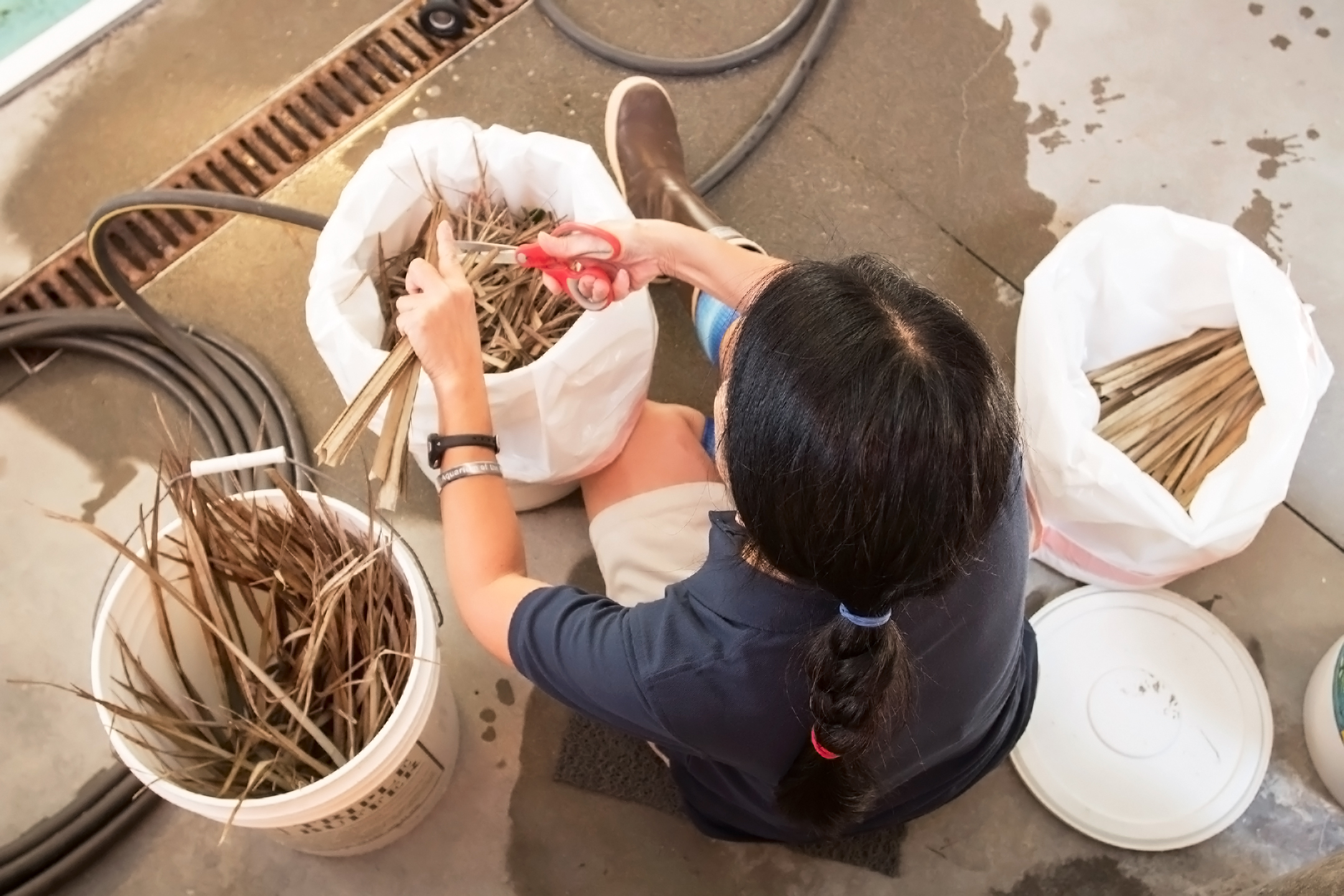
Once the fronds are completely dry, I cut the leaves from the stalk and then trim the ends.
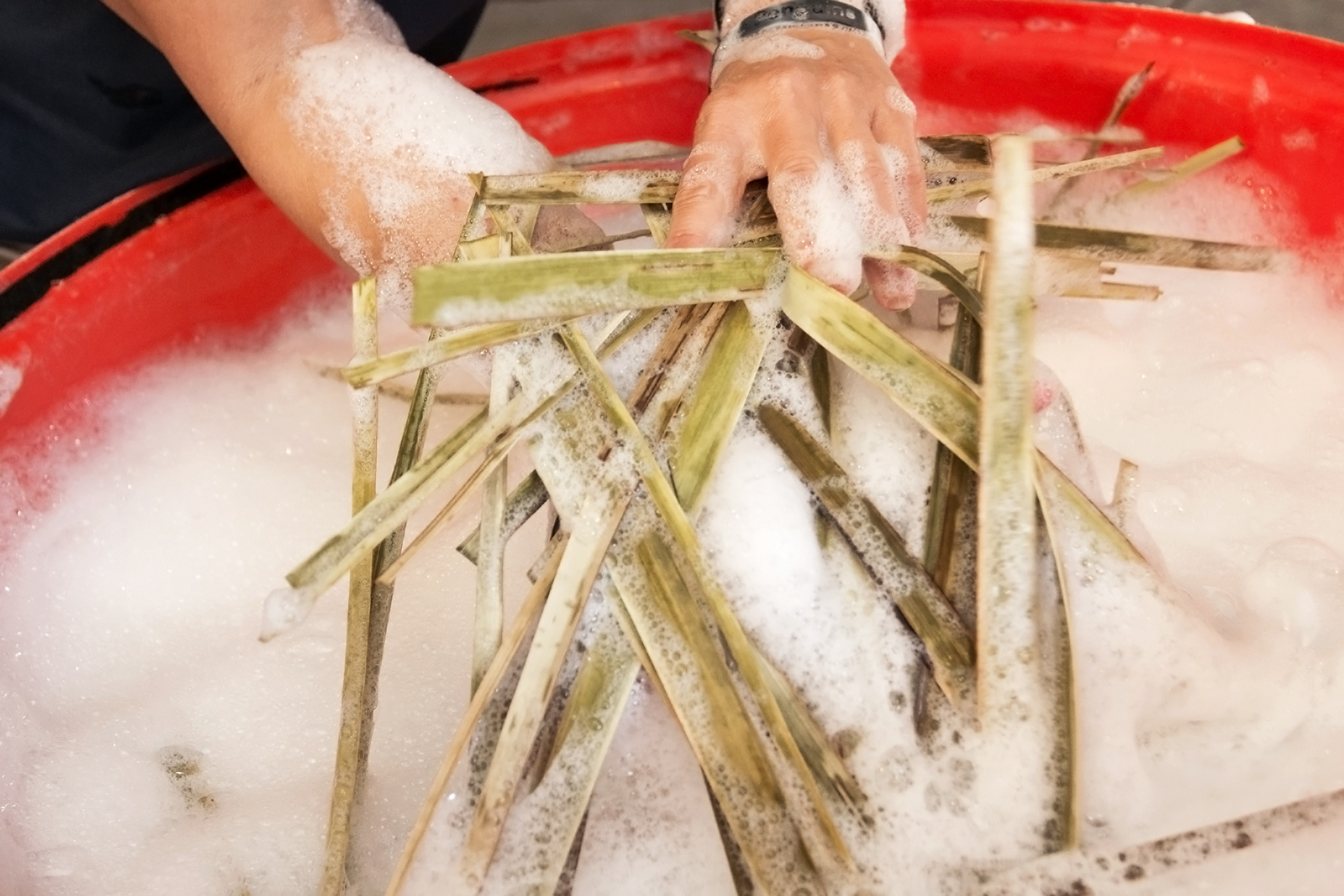
Next, we sanitize each piece by washing it repeatedly in a soap solution, then rinsing until the water runs clear. Once clean, the fronds go into a bleach solution for soaking and then much more rinsing!
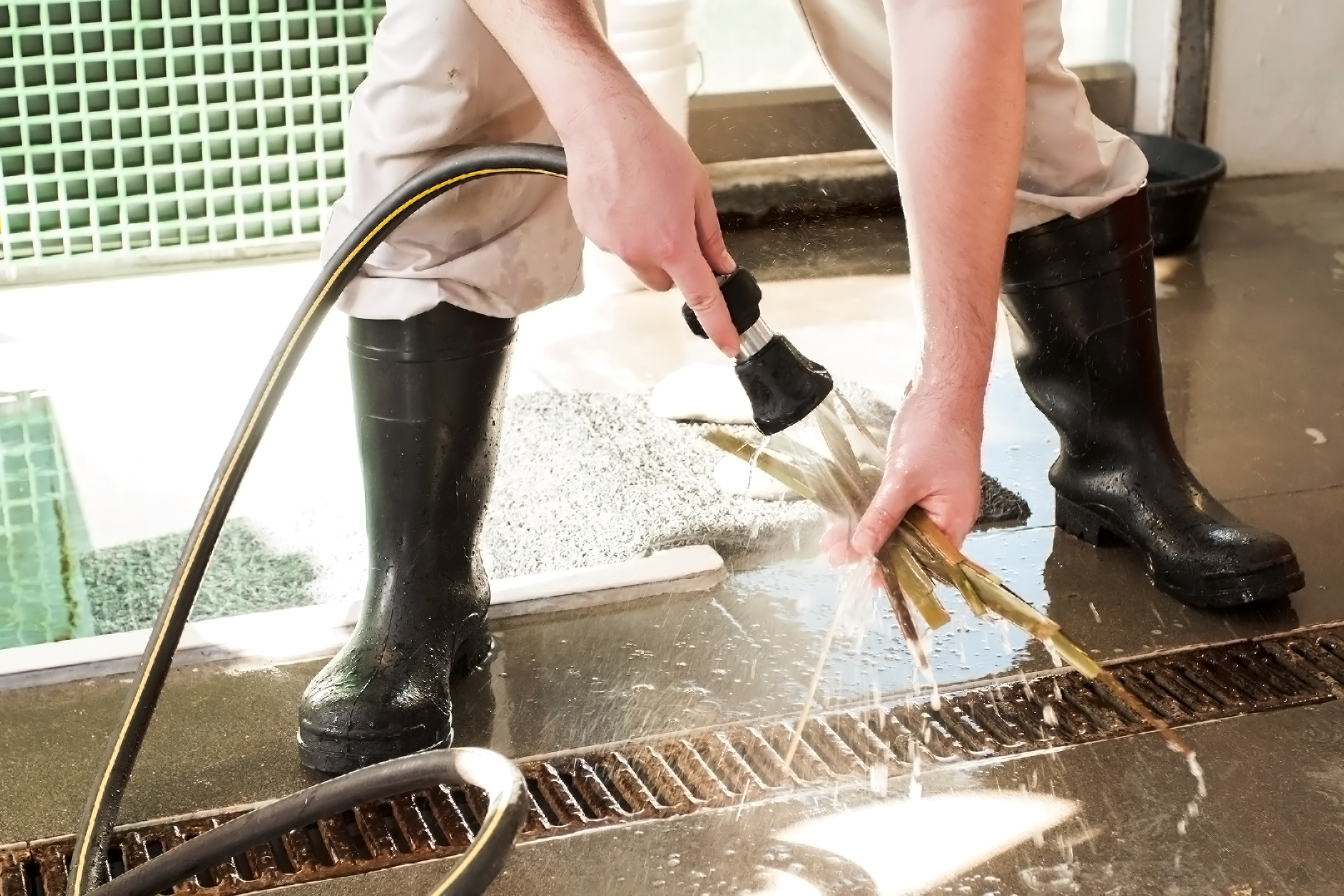
After another drying session, the palm fronds are ready for the penguins.
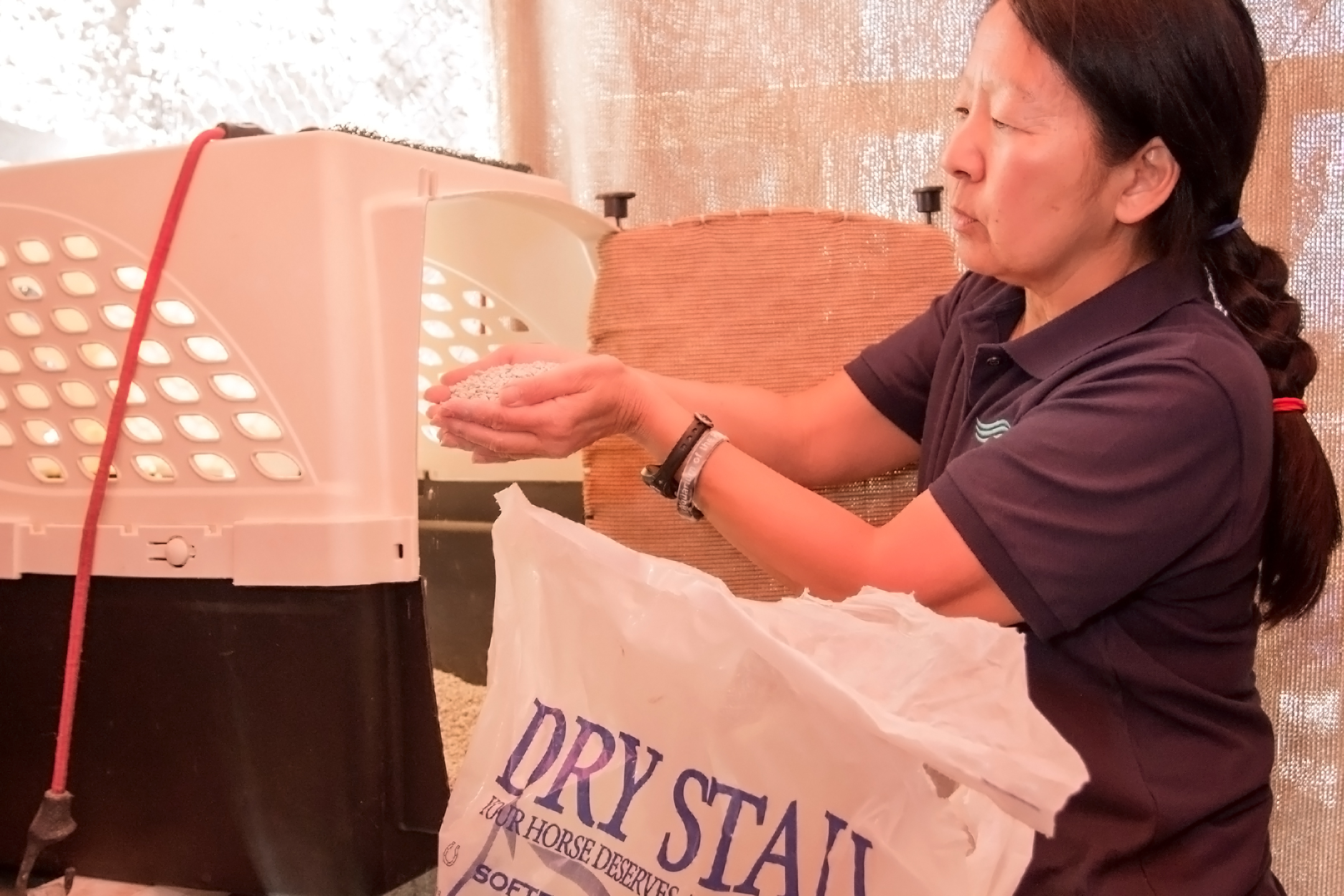
Before we lay out the palm leaves for the penguins, we prepare each burrow with a material that helps keep the nests dry. Dry nests are important for preventing the growth of mold and bacteria that could potentially infect the penguins.
During our very first breeding season, I was cleaning the back area of the exhibit when I felt like someone was watching me. It turned out to be Floyd standing by the door. It seemed like he was asking for food, so I told him lunch was coming soon and went back to my duties.
Then, I felt the stare on me again and turned around to find him standing a bit closer with a very intense look in his eye. I tried handing him a couple of enrichment items but he didn’t seem interested.
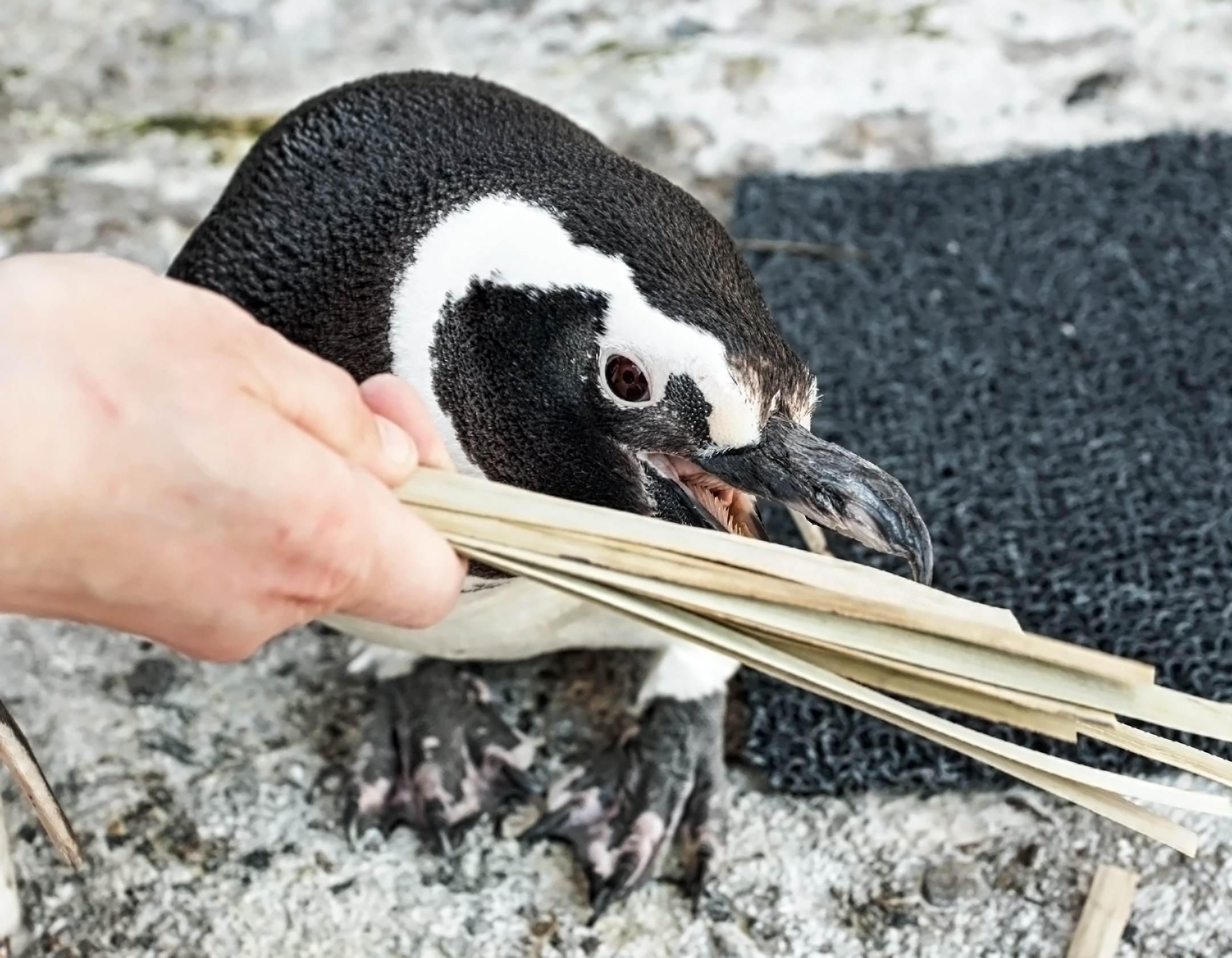
Finally, after looking around in desperation, I spotted some leaves and hastily grabbed a large handful to offer him. He promptly took them out of my hand and walked back to his burrow. Five breeding seasons later, it’s not just Floyd who asks for palm leaves, but all our breeding males.
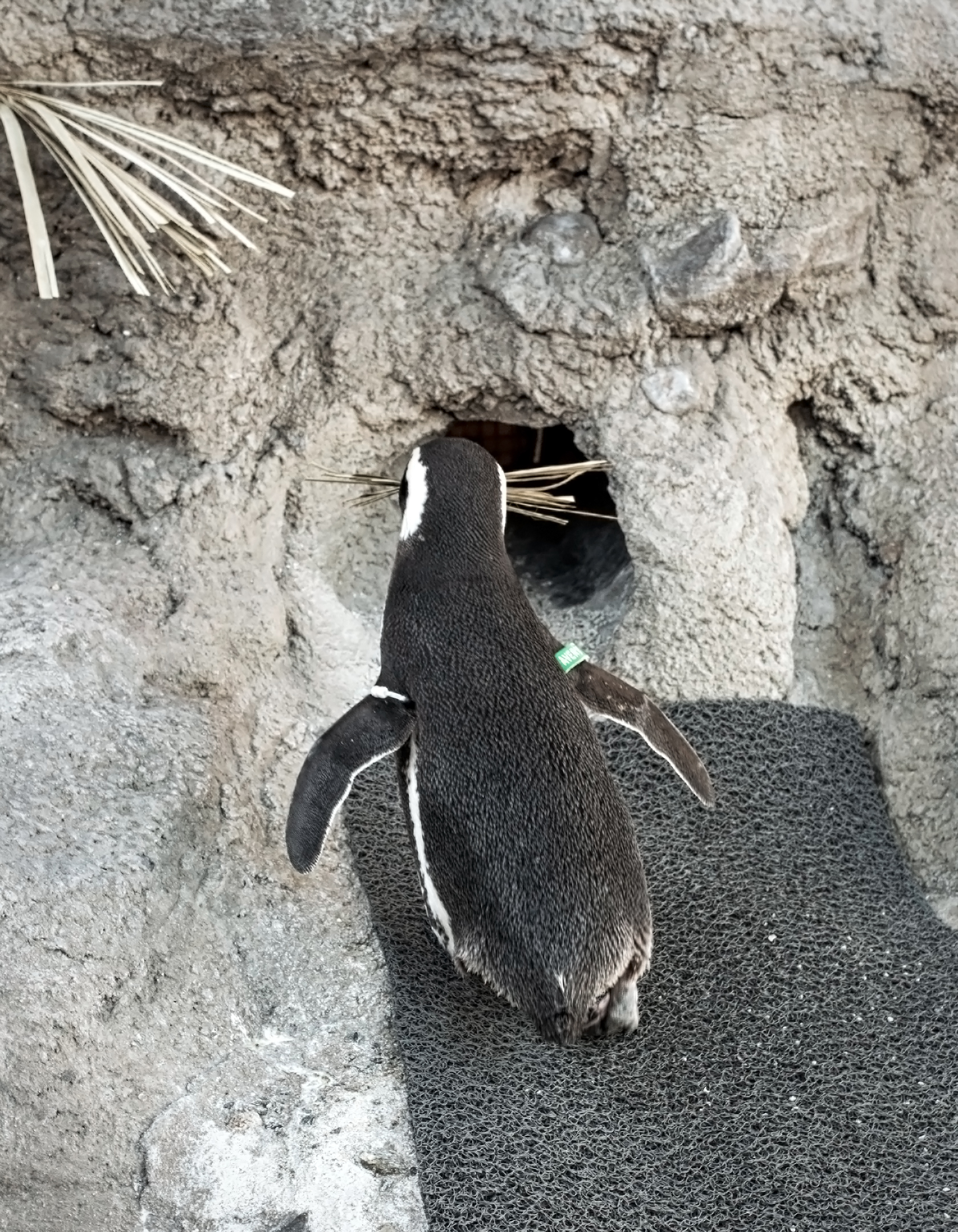
Every penguin has its own personality, and they all create their nests in different ways. Floyd likes to grab as many palm leaves as he can fit in his beak while Avery, who is lovingly known as “Robot Bird”, prefers that the leaflets are handed to him in a perfectly straight pile. If one stem is out of place, he refuses to take any of them.
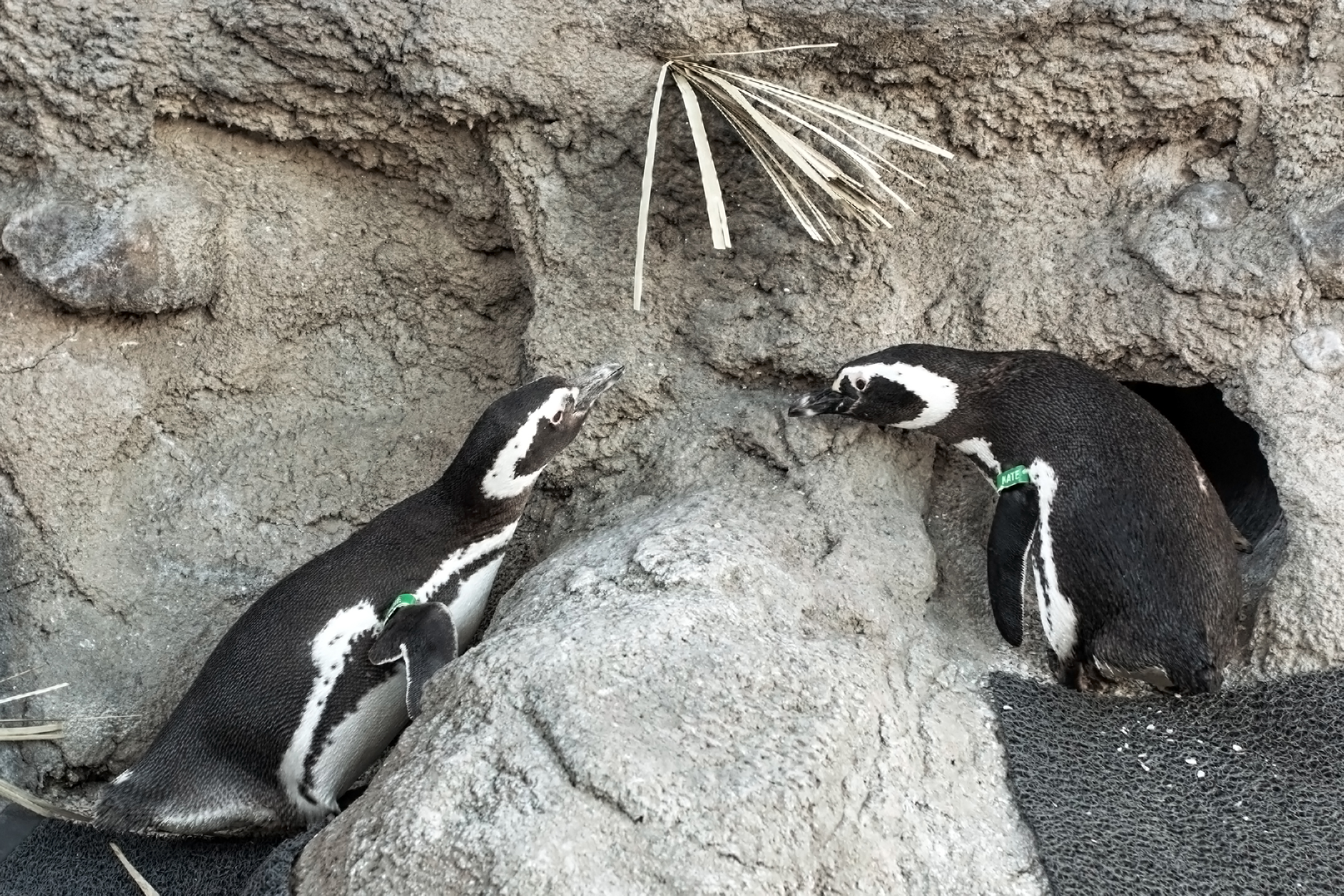
Our newest couple is Ludwig and Paddles. One day Ludwig was gathering leaves to bring back to the nest. Before delivering them back home, he decided to take a quick swim. As he dove into the water, the leaves went everywhere and sent the rest of the penguins into a bit of a tizzy. Realizing Ludwig didn’t quite know what he was doing, Paddles eventually came along to finish off their nest.
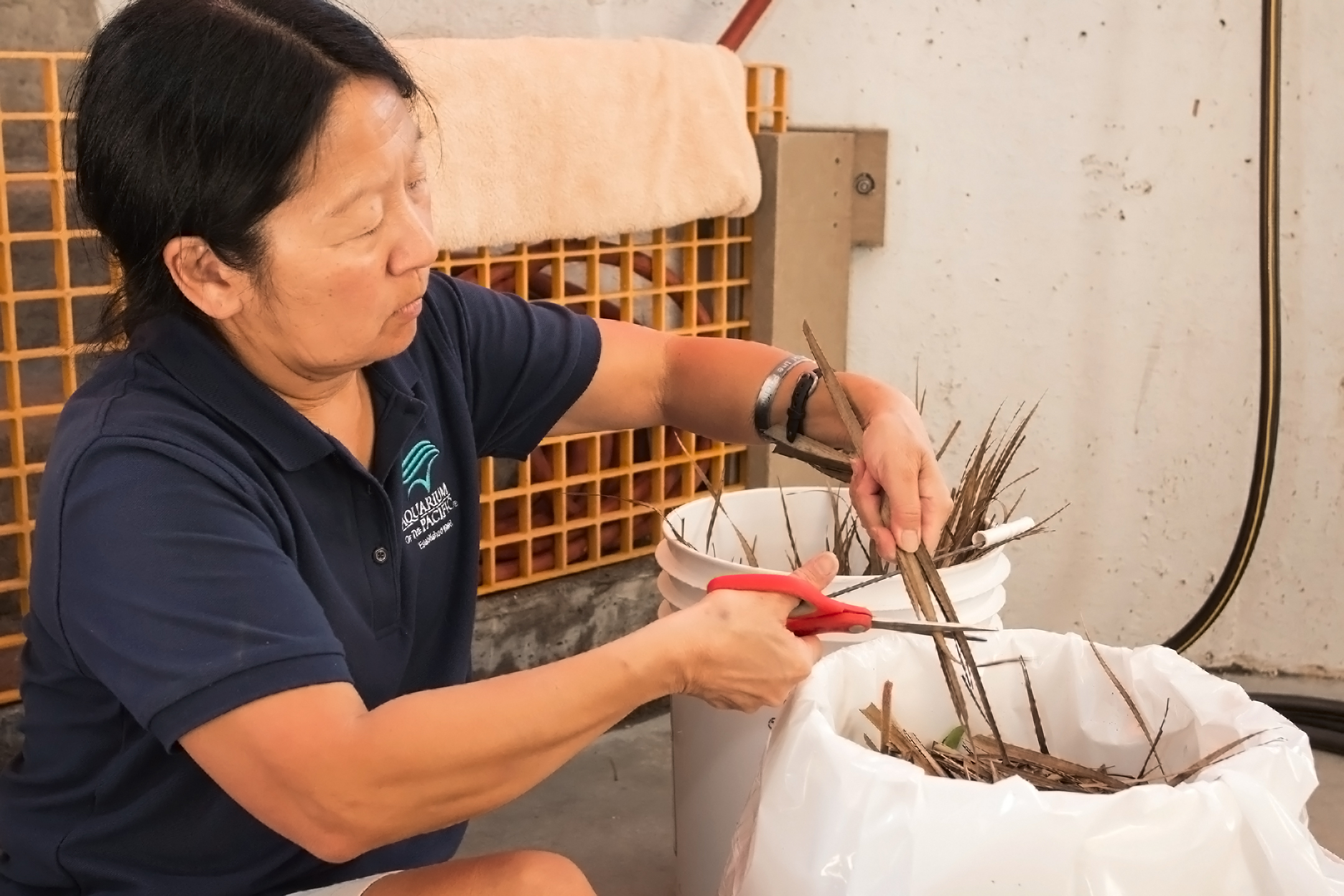
Demanding penguins and peculiar nesting habits aside, I’m happy to put in the hard work and extra effort to make the nesting process easy for our beloved feathered friends. It’s an honor to work with our penguins, and the prospect of baby chicks is exciting!
